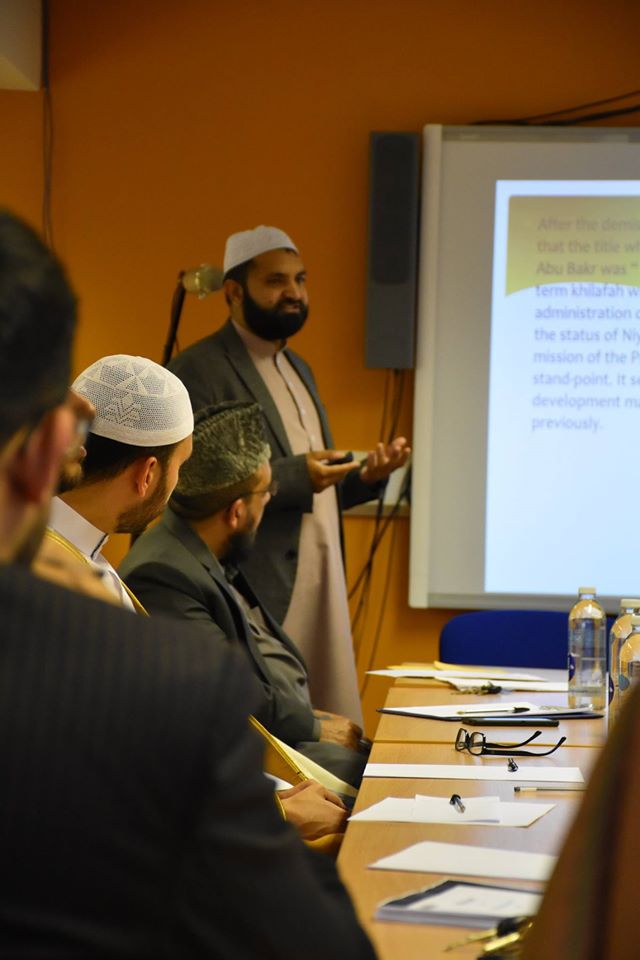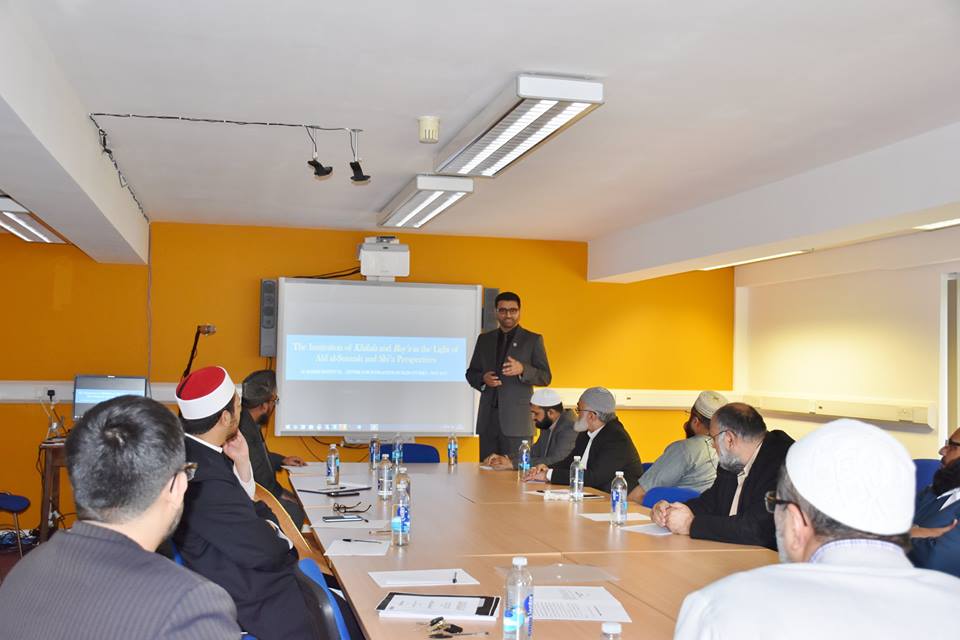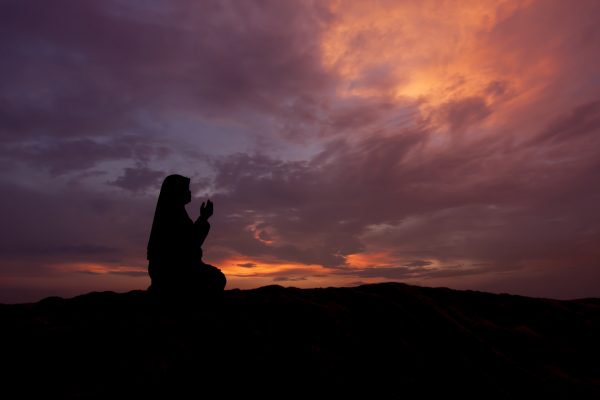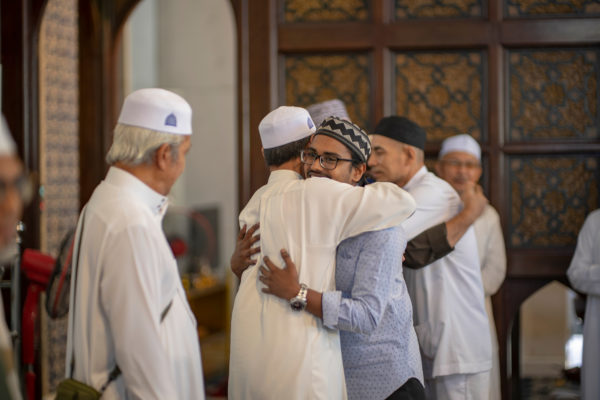Al-Mahdi Institute, the Centre for Intra-Muslim Studies held a roundtable discussion on the topic: “The Institution of Khilafa and Baya in the light of Ahl al-Sunnah and Shia perspectives.”
The meeting was attended by a great number of scholars and learned community members from both Shia and Sunni schools of thought. The meeting opened with the recitation of Quran followed by two presentations; the first by H afiz Mohammad Saeed, and the second by Shaykh Wahid Amin. The presentations were followed by extensive discussion and deliberations from the attending scholars, including questions and answers based on the presented papers.
afiz Mohammad Saeed, and the second by Shaykh Wahid Amin. The presentations were followed by extensive discussion and deliberations from the attending scholars, including questions and answers based on the presented papers.
Hafiz Mohammed Saeed, the Imam of Handsworth Islamic Centre, presented a paper focusing on the first five Caliphs after the Prophet describing how the Ahl al-Sunna consider them as al-Rashidun (the rightly guided caliphs). He detailed views regarding Imam Ali’s offer of baya (allegiance) to the three Caliphs that preceded him, and highlighted instances of Imam Ali’s support for these Caliphs. .
Shaykh Wahid Amin, a research scholar and teacher at Al-Mahdi Institute, then presented views on Khilafa and Baya from Shi’a perspectives. Through outlining a variety of views he demonstrated that classical Shi’a theologians consider the reign of the first three Caliphs as void of legitimacy, due to Imam Ali’s appointment as successor to the Prophet by the Prophet himself. According to such scholars, Imam Ali never gave allegiance to these Caliphs. However, despite the view of such theologians, Shaykh Wahid clearly showed that the early Shi’a historical sources acknowledge that Imam Ali did in fact give baya (allegiance) to the first Caliph, allbeit reluctantly.
The following captures some of the results of the dialogue on the topic:
 Points of differences
Points of differences
- Significant differences emerged regarding the period of Khilafa between the stand-points of Ahl al-Sunnah and Ahl-Al-Shia. According to Ahl al-Sunnah; the rule of the first five Caliphs, including the period of Imam al-Hasan, is acknowledged as a legitimate institution of guidance and leadership. This is known as Khilafat al-Rashida, for it was established by the consent of the community and election. However, according to the Shia school of thought, this period is not taken as Khilafat al-Rashida, due a lack of legitimacy -except in the cases of Imam Ali and Imam Hasan.
- According to the Shia school of thought, the appropriate guidance of the Muslim community after the Prophet is through Imama based on designation (nass). Despite the criticisms about their legitimacy, Shi’a scholars do recognise the rule of the first three Caliphs as better than subsequent dynastic regimes. Yet, it is only the cases of Imam Ali and Imam al-Hasan that were properly legitimized in light of the institution of Imama.
- Ahl al-Sunnah generally do not believe in any appointment made by the Prophet with respect to the leadership of the Muslim Umma after his death.
- With regard to the baya of Imam Ali, Ahl al-Sunnah almost unanimously agree that he gave allegiance to the previous caliphs, offered his support and also participated in the system of their ruler-ship- especially during periods of crisis. A sound historical Shia view also substantiates that the Imam gave allegiance, although reluctantly and with great reservations about the manner with which the system for ruler-ship after the Prophet was developing. According to these Shi’a sources, Imam Ali accepted this situation, continuing to point out and justify his own rights, whilst supporting and assisting the Caliphs especially in times of crisis for the wider interest of Islam and the Muslim Umma.
Points of agreement
- Despite various differences over the position of three Caliphs, it has been agreed that they were better than the subsequently established monarchical rule in the Islamic history.
- The rule of Imam Ali, together with the short period of Imam al-Hasan, are legitimate and reflect an ideal for both schools.
- The mission of the Prophet of Islam, was to guide all mankind through the Quran and Sunna, an objective which both the institutions of Imama (according to the Shia) and Khilafa according the (Ahl al-Sunna), are dedicated to preserving.





